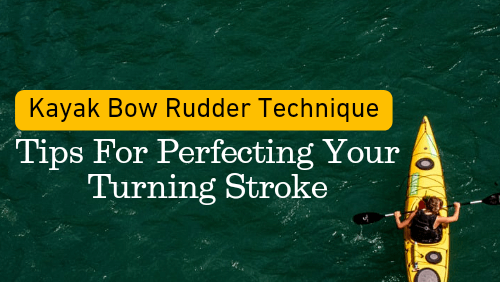I’m here to help you unlock the secrets of kayak bow rudder technique. This isn’t just about turning your kayak; it’s also about embracing the prowess to navigate with finesse and confidence.
Mastering the bow rudder is a game-changer, setting the stage for you to cut through choppy waters or glide around obstacles with ease.
Understanding the Bow Rudder Stroke
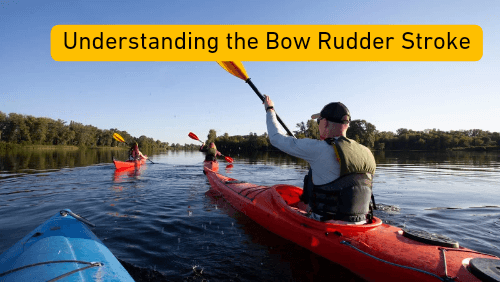
You’re going to find out just how much of a difference this stroke can make. It’s a key technique for anyone keen on taking their kayaking skills to new heights, especially for those longing to conquer the sea with grace.
And don’t worry too much about those tight turns and narrow passageways anymore. Once you’ve nailed the bow rudder, they’ll become part of the thrilling ride.
Demystifying the Art of the Bow Rudder Stroke
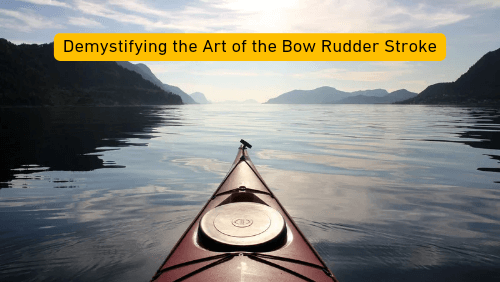
You’re going to find out about the intricate mechanisms that make the bow rudder such a vital stroke in the kayaker’s repertoire. Often, it’s seen as a sophisticated maneuver, but I’m here to show you that with the right understanding, anyone can get the hang of it.
Precision Navigation with the Bow Rudder
The bow rudder is your secret weapon for precision navigation. When faced with serpentine waterways or the need to dodge unexpected obstacles, this is the stroke you want in your arsenal.
It allows you to change directions on a dime without losing the pace you’ve built up. That’s going to include knowing when to use it – in conditions ranging from calm canals to challenging coastlines teeming with turbulence.
Mastering the Mechanics
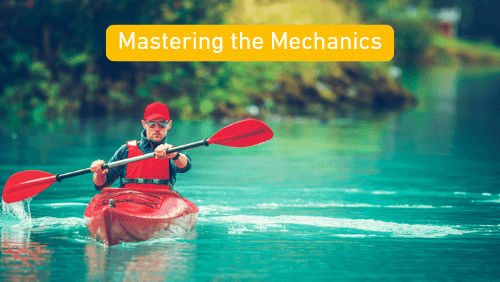
Grasping the mechanics of the bow rudder is all about the synergy between paddle positioning, boat edging, and your body’s posture. Imagine the paddle as an artist’s brush, the kayak as your canvas, and your body as the guiding hand.
You’ll hold the paddle forward near the bow, inserting the blade into the water at a precise angle, with a slight tilt. It’s this tilt that acts like a rudder, altering your direction.
Executing Efficient Turns
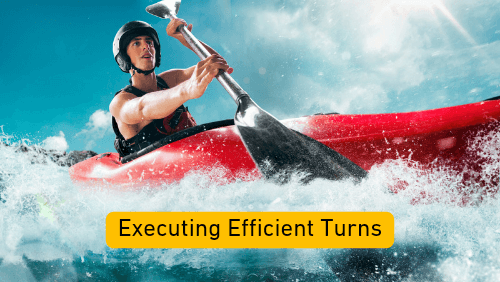
A lot is happening very quickly when you perform a bow rudder stroke, especially when you find yourself needing to navigate tight spaces or executing brisk, efficient turns.
The turn’s efficiency lies in how you engage the edge of your kayak; a slight lift on one side, achieved by shifting your body weight, makes all the difference.
Combined with the correct body posture – sitting upright and facing forward – you’ll ensure energy isn’t wasted, and each turn is as effective as the last.
Finding Your Technique
Choose something that resonates with you in your practice. Some may prefer minimalist movements with subtle shifts, while others might adopt a more pronounced technique, depending on the kayak’s response. Remember, overcomplicating the stroke will not serve you well. Complexity doesn’t equal control.
The Bow Rudder Unveiled: A Comprehensive Execution Guide
I’m going to walk you through the bow rudder execution, making sure you grasp every nuance of the technique. This precision stroke requires a blend of paddle work, body coordination, and kayak manipulation to achieve that smooth, sharp turn you’re aiming for.
Preparing for the Stroke
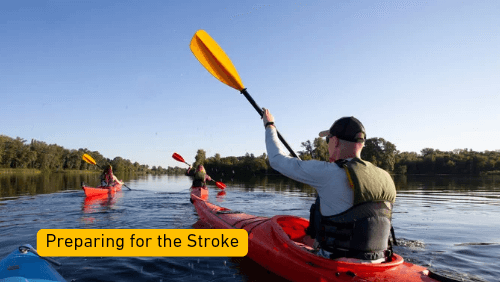
You’re going to find out about preparing for the stroke, which is more than just knowing where to place your paddle. It’s about anticipation and mental readiness.
Your paddle should rest at the kayak‘s bow with the blade angling outward, poised for the water’s embrace. Equally, your body must be primed for action, mirroring the kayak’s movements with fluidity.
Executing the Bow Rudder Stroke
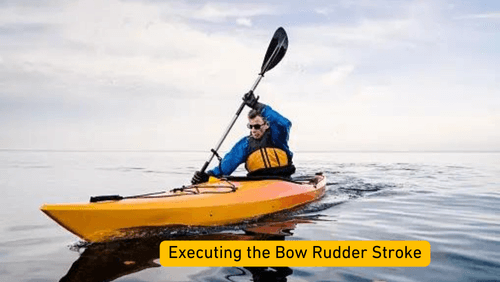
Executing the bow rudder starts with inserting the paddle blade into the water. As you lean the kayak towards the paddle, envision it carving your desired arc through the water.
This isn’t just about paddle placement—it’s also about balance and subtlety in your tilt. Adjust the paddle’s angle ever so slightly, and you’ll see how the kayak responds, offering control over the turn’s intensity.
Completing the Stroke
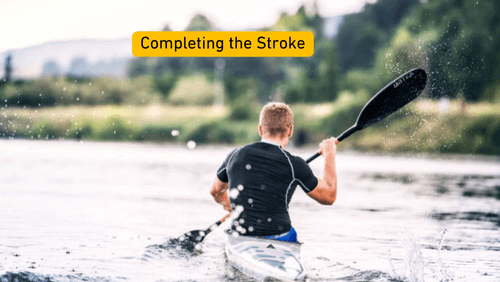
Completing the stroke requires a gradual lifting of the paddle out of the water, easing back into your regular paddling rhythm.
The transition must be smooth to avoid disrupting the kayak‘s stability. With the right execution, the bow rudder can become a seamless part of your paddling repertoire, setting the stage for more advanced maneuvers and techniques.
Navigating Forward: The Journey with the Bow Rudder
We’ve covered a lot of ground on the bow rudder technique. This isn’t just about mastering a turning stroke; it’s also about upgrading your entire kayaking experience. When you get the bow rudder right, you’re going to notice a significant difference in how you handle your kayak – it’s like having a more responsive steering wheel.
The Art of Finesse in Kayaking
Remember, kayaking is as much about finesse as it is about strength. It’s tempting to power through the water, but your movements should be thoughtful and precise. And that’s the beauty of the bow rudder: it demands technique, not brute force. I’m here to help you develop that finesse through practice.
Putting Knowledge into Practice
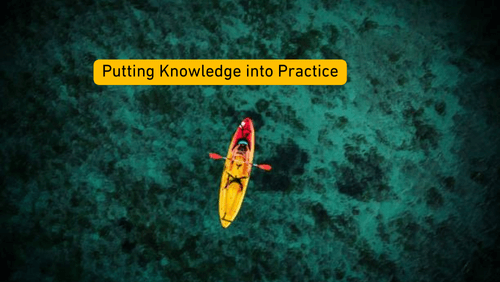
This guide aimed to arm you with the knowledge you need for that process, but your journey doesn’t end here. I really hope that you’ll take these tips, step into your kayak, and put them to trial. Every session on the water is an opportunity to refine your stroke.
Building Confidence Through Practice
As your familiarity with the bow rudder grows, so will your confidence. Choose something that resonates with you from the advanced tips and practice it. You can always adjust your approach down the road as you become more at ease with the stroke.
Sharing Your Journey
I’d love to hear how the journey’s going for you. Are the waves obeying your command with the bow rudder at your fingertips? Or maybe there’s a challenge you didn’t anticipate?
Drop a comment, share your experiences, or toss in a question. The waters are vast, and each shared experience is another ripple that enriches our collective knowledge.

